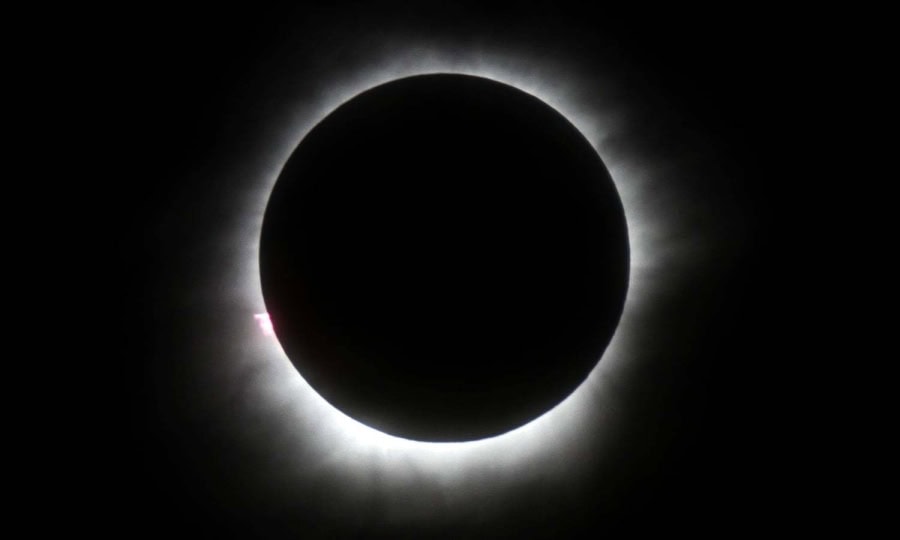MEXICO – The first total solar eclipse of 2024 will occur next month on April 8th.
The solar eclipse will start in Mexico and will travel through Texas, Oklahoma, Arkansas, Missouri, Illinois, Kentucky, Indiana, Ohio, Pennsylvania, New York, Vermont, New Hampshire, and reach Canada.
During the solar eclipse, most of the states in America will experience complete darkness, leading to announcement of early closures in hundreds of schools.
Besides it, some parts of Tennessee and Michigan will witness the total solar eclipse, which will last for a total duration of 4 hours and 39 minutes.
SOLAR ECLIPSE IN PAKISTAN AND INDIA?
There is no possibility of the solar eclipse being visible in Pakistan and India.
The scientists say that the solar eclipse on April 8th will be the longest of the year. The last total solar eclipse was seen 50 years ago, and now people have the opportunity to witness it again this year.
HOW DOES A SOLAR ECLIPSE HAPPEN?
How does a solar eclipse happen? Scientists say that when the moon comes between the Earth and the sun, darkness prevails for a short while.
However, if the moon comes precisely between the Earth and the sun, and completely covers the sun, it results in a total solar eclipse.
Due to this phenomenon, the sun’s rays cannot reach the Earth’s surface and causes a complete darkness in some areas, known as a total solar eclipse.










